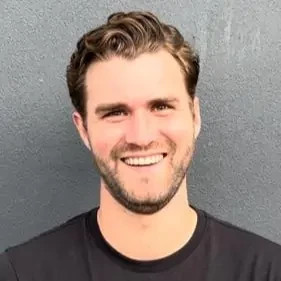Hello,
Was hoping someone could help me out with a couple of clarifying questions regarding frameworks. I understand they might be broad questions, but any ideas would help.
- Where would one place the analysis of Revenue and Cost Synergies when looking at an investment. Whether it’s a PE firm wanting to purchase a business, or a current business wanting to expand into a new market or segment.
- Going off the first question, where would I mention opportunity costs of the investment?
- How would you structure a case study about an investment considering Synergies and opportunity costs.
- Finally, when assessing the capabilities of a company, what exactly would I be asking/looking for? What is the difference between assessing capabilities vs. risks associated?
Thank you!

















